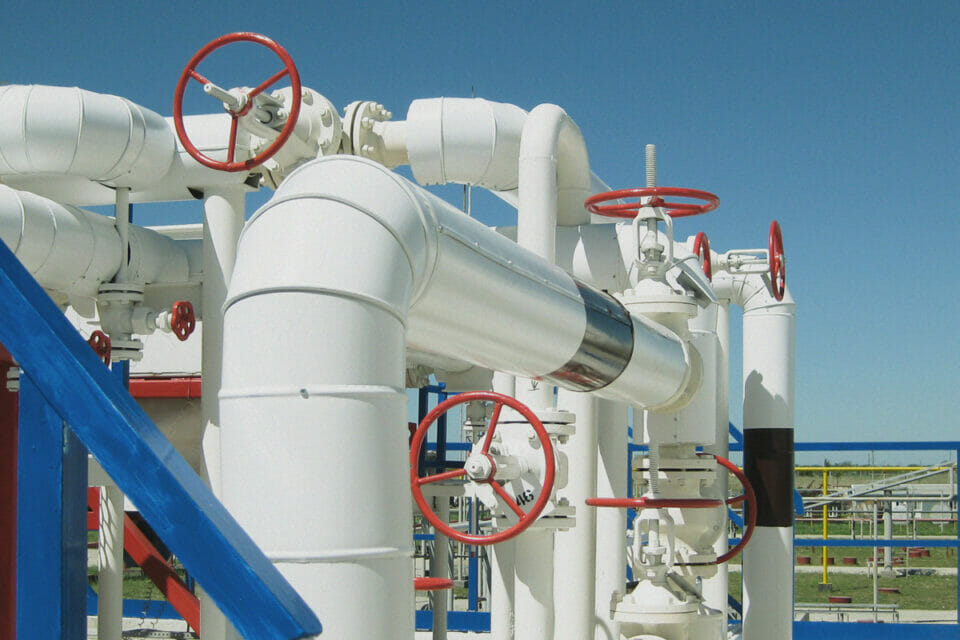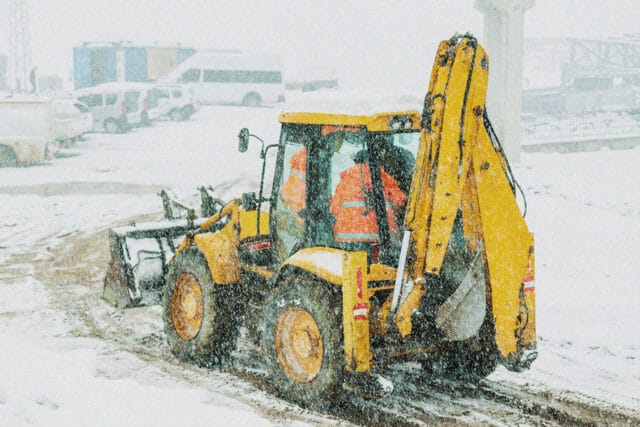
Methane Emissions Reduction Program for Pipelines: 7 Steps
Discover the seven steps for building a methane emissions reduction program specifically designed for pipelines in the oil and gas industry.

Methane emissions have become a significant concern for the oil and gas industry. In fact, they are responsible for approximately 20% of global emissions. With the ambitious global goal of achieving net zero total emissions by 2050, building a comprehensive methane emissions reduction program has become a top priority. A solid program not only helps in meeting regulatory requirements but also enhances operational efficiency and public perception.
This article outlines seven essential steps for building a methane emissions reduction program, enabling companies to address this environmental challenge head-on.
7 Steps for Building a Methane Emissions Reduction Program for Pipelines
Assess Current Methane Emissions
Before implementing a methane emissions reduction program, it is crucial to assess the current methane emissions from your pipeline operations.
- Conduct a comprehensive evaluation of your infrastructure, including compressor stations, storage facilities, and pipelines.
- Utilize advanced technologies, such as infrared cameras and leak detection systems, to identify potential emission sources.
This initial assessment will provide you with a baseline for comparison and help prioritize areas requiring immediate attention.
Set Clear Goals and Targets
Establishing clear goals and targets is a fundamental step in developing a methane emissions reduction program. Your goals provide a clear direction and purpose, guiding your efforts and ensuring measurable progress toward reducing methane emissions. Here are three important points to think about when setting goals:
- Make Them Achievable and Measurable: When setting goals for your methane emissions reduction program, it is important to define targets that are attainable and measurable. Think about your current emissions baseline. Consider factors such as the age and condition of your infrastructure, processes, and available resources. By setting realistic targets, you can create a sense of purpose and motivation that your organization can rally around.
- Align with Regulatory Requirements and Best Practices: Ensure your targets align with regulatory requirements and industry best practices. Familiarize yourself with local, national, and international regulations pertaining to methane emissions. Stay informed about evolving standards and guidelines provided by organizations such as the Environmental Protection Agency and industry associations.
- Be Specific: Consider setting a specific percentage reduction in methane emissions as one of your goals. This provides a tangible metric to measure progress and allows you to track your program’s success. For example, you might aim to reduce methane emissions by 20% within the next five years. By establishing a specific timeframe, you create a sense of urgency and encourage focused efforts toward achieving your desired results.
Develop and Implement Best Practices for Methane Reduction
Building an effective methane emissions reduction program necessitates the development and implementation of best practices across your pipeline operations. Identify and adopt industry-leading techniques and technologies to minimize methane leaks and emissions. This may include:
- Upgrading equipment
- Improving maintenance protocols
- Implementing comprehensive leak detection and repair programs
Regularly monitor and evaluate the effectiveness of these practices to ensure continued improvement.
Train and Educate Employees on Your Methane Emissions Reduction Program
Your employees play a critical role in reducing emissions.
- Provide comprehensive training to your staff to enhance their awareness and understanding of methane emissions, associated risks, and mitigation techniques.
- Train technicians in the proper use of leak detection equipment and ensure they are equipped with the necessary knowledge and tools to promptly identify and address leaks.
By empowering your workforce, you can create a culture of environmental stewardship and drive sustainable ESG practices.
Enhance Monitoring and Reporting
Accurate monitoring and reporting are essential for measuring the effectiveness of your methane emissions reduction program.
- Implement a robust monitoring system that includes regular inspections, leak surveys, and data collection.
- Utilize advanced technologies, such as continuous emissions monitoring systems (CEMS), to enhance data accuracy and automate reporting processes.
- Regularly analyze the collected data to identify trends, detect anomalies, and optimize your emission reduction strategies.
Collaborate and Engage with Stakeholders
Reducing methane emissions requires collaborative efforts involving multiple stakeholders within the pipeline industry.
- Engage with regulators, industry associations, and environmental organizations to stay informed about evolving standards, regulations, and best practices.
- Collaborate with technology providers and research institutions to explore innovative solutions and share knowledge.
Engaging with stakeholders fosters a sense of shared environmental responsibility and allows for the exchange of ideas and experiences.
Continuously Improve and Innovate Your Methane Emissions Reduction Program
A methane emissions reduction program is not a one-time endeavor; it requires continuous improvement and innovation.
- Stay updated with emerging technologies and industry trends to optimize your program and stay ahead of regulatory requirements.
- Monitor the effectiveness of implemented measures and proactively address any gaps or challenges.
- Foster a culture of innovation within your organization by encouraging employees to suggest and implement new ideas contributing to further emission reductions.
Implementing a methane emissions reduction program is essential for pipeline operators to mitigate their environmental impact and meet regulatory obligations. By following these seven steps, and implementing the right technology to optimize your process, you can lay the foundation for a comprehensive and effective program tailored to your business.
Veriforce is committed to supporting your sustainability goals by making compliance more accessible with our OQ solution. Our Common Covered Task Committee recently found that the Zero Emission Vacuum and Compressor (ZEVAC) meets the 4-Part Test, and as a result, approved ZEVAC as a covered task within the system.




